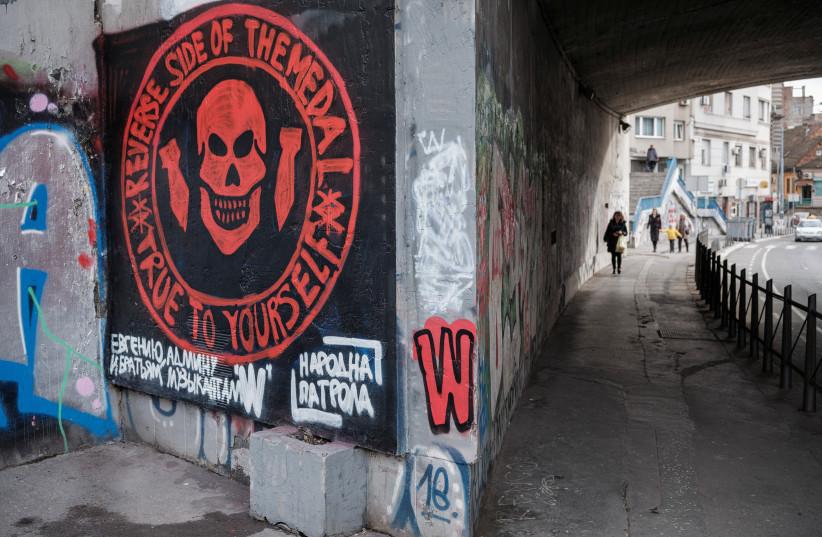
Terror threats and instability in northern and central Africa
A swath of countries that border the Sahel in northern and central Africa are at increased risk of terror attacks, instability, and civil conflict. This is clear from a number of factors. These countries have faced these threats for decades, including from groups such as Boko Haram and Al-Shabab.
However, new factors are creeping in, such as Mali seeking to expel a UN mission, the questions about what becomes of Wagner after the revolt in Russia, and recent attacks in Kenya and Uganda.
This is of concern to the region, including the Gulf and North Africa. For instance, a ceasefire in Sudan between the warring sides could be temporary, for the period of Eid. Sudan has slipped into chaos in the last several months.
While the army promises an authoritarian regime, the paramilitaries that are fighting the army also promise to spread instability across the Sahel.
The two forces are the worst of both worlds. Russia’s Wagner allegedly plays a role in Sudan and many other countries and therefore Russia could have its finger on the pulse, or the trigger, for instability in this region.
Wagner Group in Sudan
This can affect North Africa, and key stabilizing influencers in the region; such as Senegal, Morocco, Egypt and Tunisia. With Libya already at civil war, and Yemen divided, this means that one can look across thousands of miles from the Bab al Mandeb between Yemen and Africa; all the way to Senegal and see a crisis developing.
On June 13 ABC News noted that “five people have been killed in a Kenyan border village, fueling concerns that such attacks are increasing after a decline. The weekend attack raises the death toll over the last month to more than 30 people — including soldiers, police reservists, and civilians.”
Another attack in Uganda also illustrates the threat. On June 16 there was an attack in western Uganda near the border with Congo.
“Alleged rebels from the Allied Democratic Forces (ADF), who stole over the border from the DRC and set upon the school. Within hours, they had slaughtered more than two dozen pupils in the deadliest attack Uganda has experienced in decades,” noted Al-Jazeera.
While a huge amount of territory separates these attacks from Mali and other areas of concern, the overall picture is one in which countries continue to suffer attacks and instability. This is not a positive trend. If UN forces leave Mali that can create a growing snowball effect harming neighboring areas.
Towards that end, the G5 countries; Mauritania, Burkina Faso, Chad, Mali, and Niger, will need to step up cooperation, without Mali. This makes them the G4 if they can’t get Mali back into the fold. The ramifications of these interlinked conflicts and trends are clearly a major pattern that could grow into something worse.
As countries in the Middle East work to reconcile, such as through the Arab League welcoming Syria’s regime back, or Saudi Arabia-Iran ties; or the Abraham Accords, they will need to keep an eye on much of East, West, North, and Central Africa.
Source » jpost





